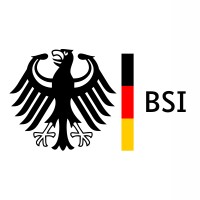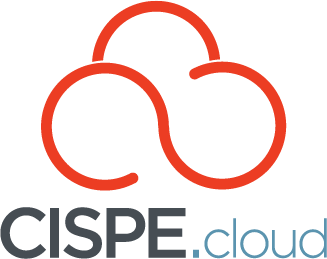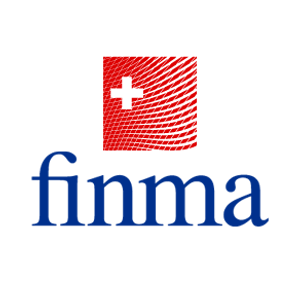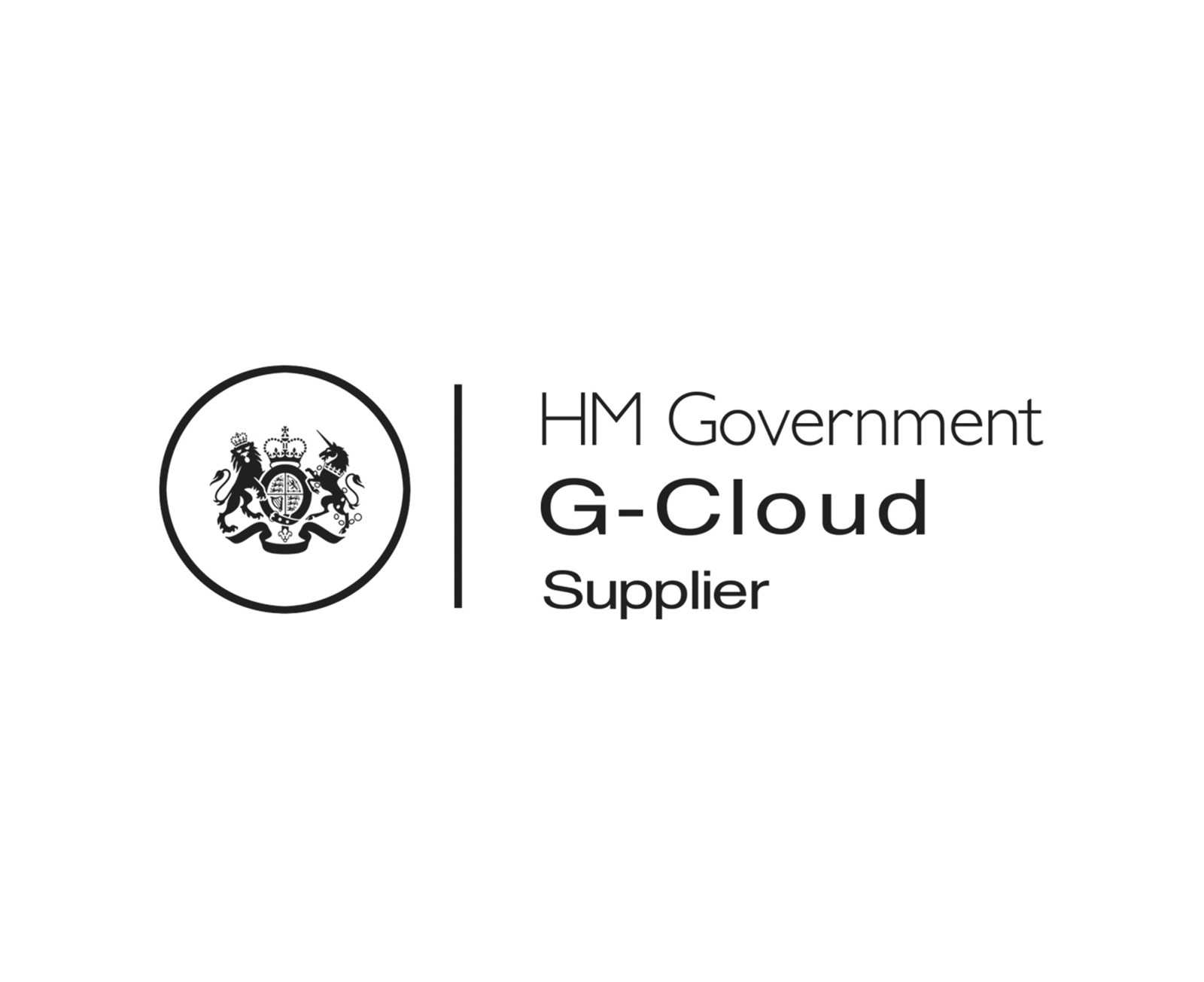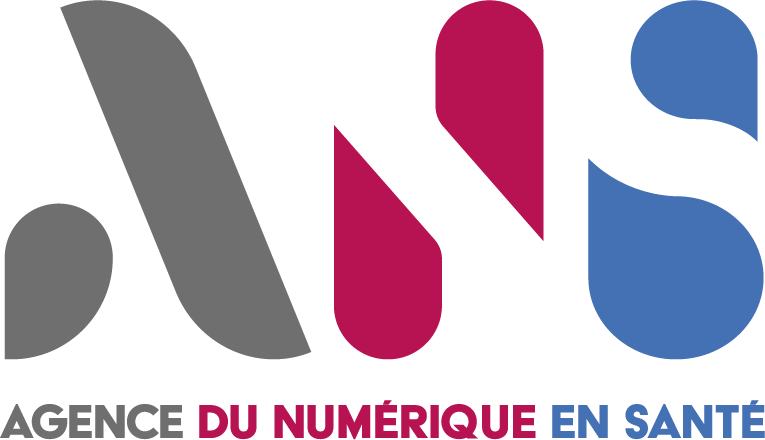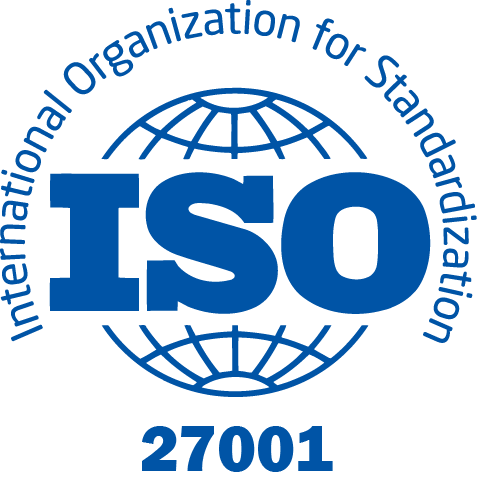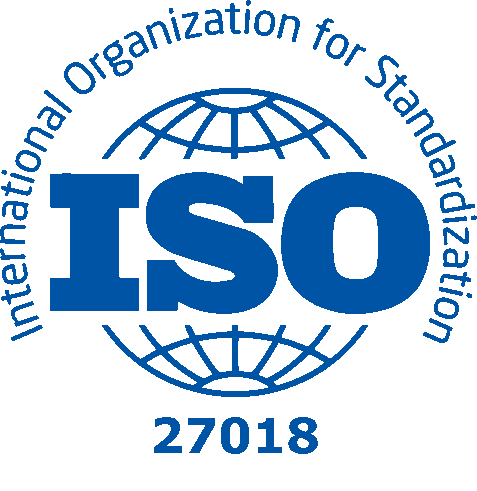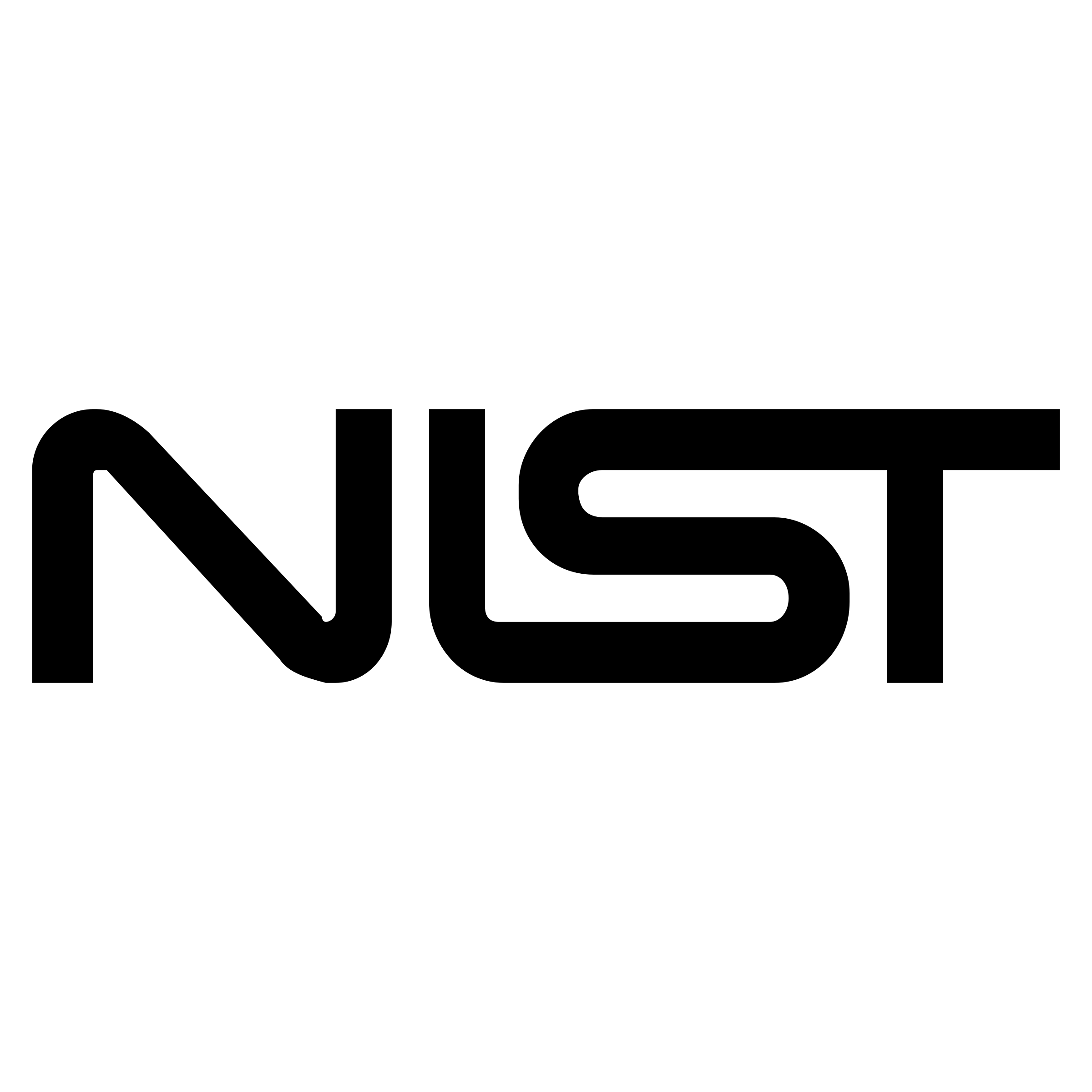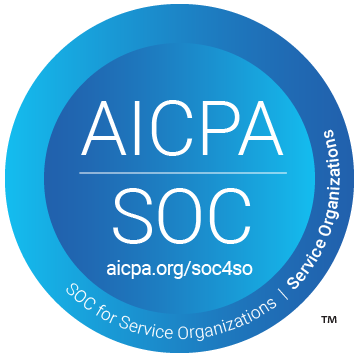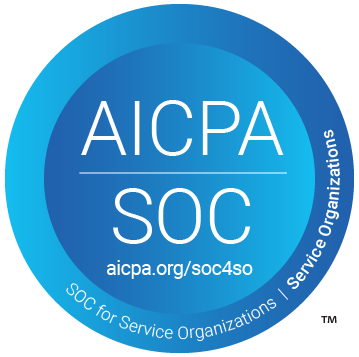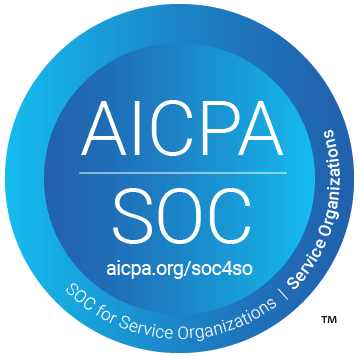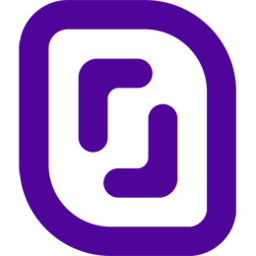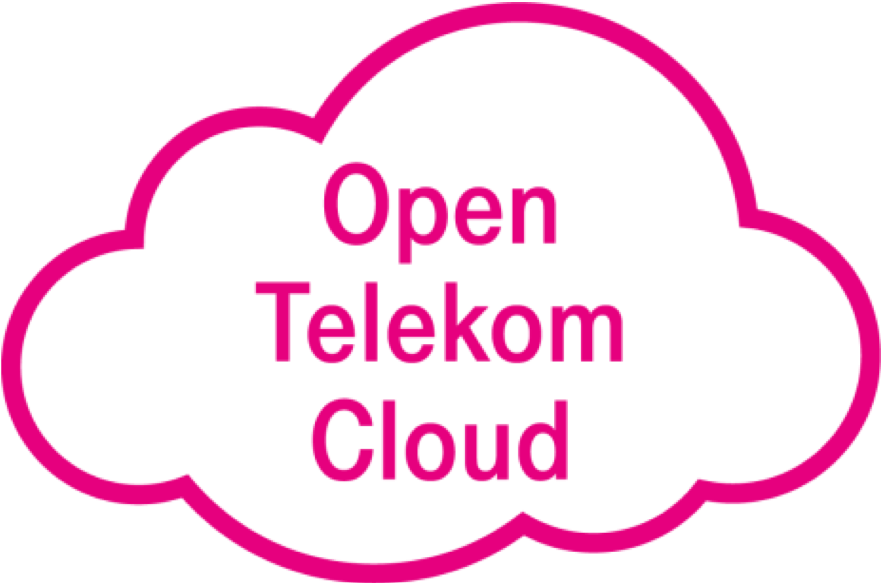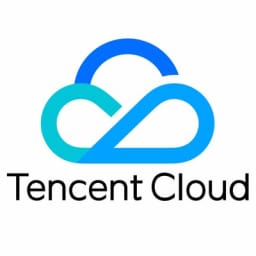Amazon Web Services
AWS is a subsidiary of Amazon that provides on-demand cloud computing platforms and APIs to individuals, companies, and governments, on a metered pay-as-you-go basis. In aggregate, these cloud computing web services provide a set of primitive abstract technical infrastructure and distributed computing building blocks and tools.
Location(s)
AWS has 35 zones(s) in 26 countries:
- Europe
- North America
- South America
- Central America
- Asia
- Africa
- Russia
- Pacific
Services
2 compute(s):
1 object storage(s):
7 Datastore(s):
Relationnal Database Service (RDS)
Set up, operate, and scale a relational database in the cloud with just a few clicks.
DocumentDB
Fast, scalable, highly available MongoDB-compatible database service
ElastiCache
Managed, Redis or Memcached-compatible in-memory data store.
DynamoDB
Fast and flexible NoSQL database service for any scale.
Certifications
Similar providers

Alibaba Cloud
Global leader in cloud computing and artificial intelligence, providing services to thousands of enterprises, developers, and governments organizations

BSO Network
For data-intensive businesses with the infrastructure critical to their mission
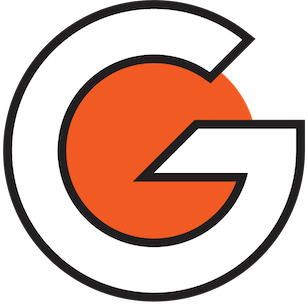
G-Core
Cloud, Edge, and AI Solutions

Google Cloud
Cloud computing services, data management, hybrid & multi-cloud, and AI & ML solutions

Huawei
Powers many geographic regions with fully connected, high-speed, and stable networks and services closest to your location

IBM Cloud
It’s your cloud. We protect it. You control it

Microsoft Azure
Cloud computing platform offering services and tools for building, managing, and deploying applications

OVHcloud
Innovation for Freedom

Oracle Cloud
We help people see data in new ways, discover insights, unlock endless possibilities

Orange Business
Unique combination of robust network and IT infrastructure, managed services and professional, reliable people


